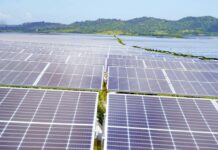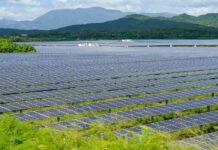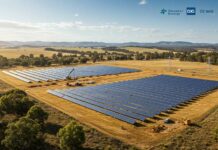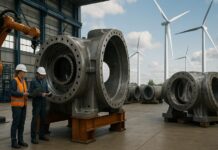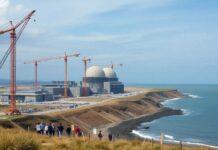As per the European Solar PV Industry Alliance (ESIA), the solar industry is set to establish more than 30 GW of annual manufacturing capacity in the solar photovoltaic (PV) value chain. This forecast includes the development of over 20 new PV pipeline projects. However, ESIA has emphasized that achieving the European Union’s target of 30 GW annual solar PV manufacturing capacity by 2025 will require appropriate policy support. The figures are based on business data obtained from various PV pipeline projects, encompassing the production of polysilicon, cells, ingots, and modules. These findings were presented at Intersolar Europe in Munich, where ESIA unveiled its comprehensive action plan.
The action plan focuses on four key areas: supply chain challenges, non-pricing criteria, financial instruments, and skills. Several initial outputs from the plan have already been submitted to the European Commission for further discussions. Enhancing international supply chain competitiveness is a primary objective, which involves addressing factors like sustainability, recycling, energy costs, and traceability. Efforts are underway to align European PV value chain operational and capital expenditures (OPEX and CAPEX) with those in other regions. The aim is to explore potential financial instruments that can stimulate industry growth.
The European Commission is strongly supportive of the European Solar PV Industry Alliance’s mission to enhance solar PV manufacturing in the European Union (EU). This aligns with the objectives outlined in the Net-Zero Industry Act, which aims to address regulatory barriers that impede the expansion of net-zero technologies, including solar PV. The ultimate goal is to bolster the EU’s energy resilience and competitiveness.
To ensure investment certainty, the Net-Zero Industry Act will streamline permitting processes for both PV gigafactories and smaller PV manufacturing facilities across the internal market. Additionally, the recently updated Temporary Crisis and Transition Framework complements the upcoming Net-Zero Industry Act by enabling governments to offer support for investments along the net-zero supply chains. In order to achieve the target of attaining a solar PV manufacturing capacity of 30 GW across the entire supply chain within the EU by 2025, capitalizing on this new policy framework is crucial. The European Solar PV Industry will have a vital role to play in achieving this objective.



